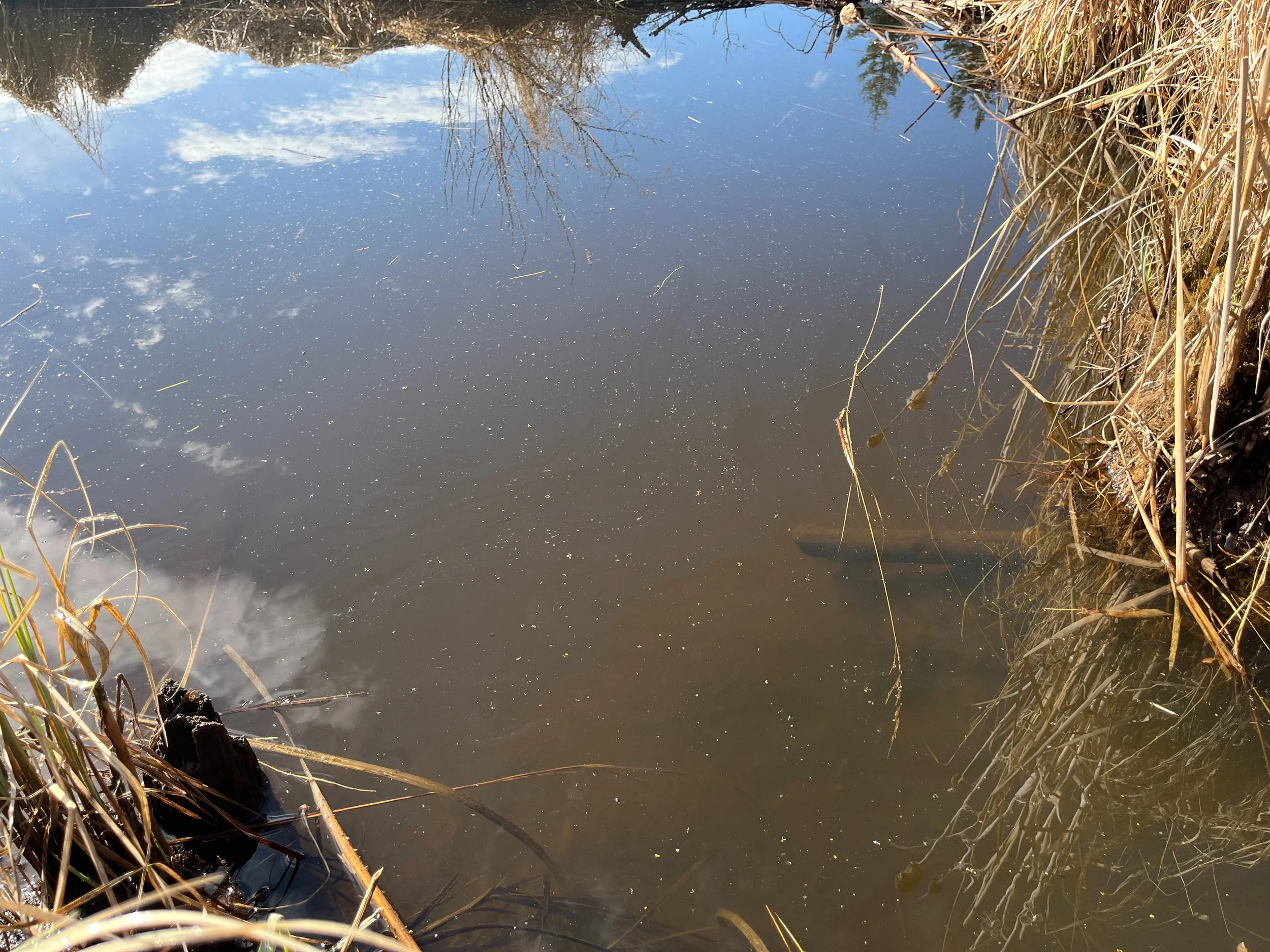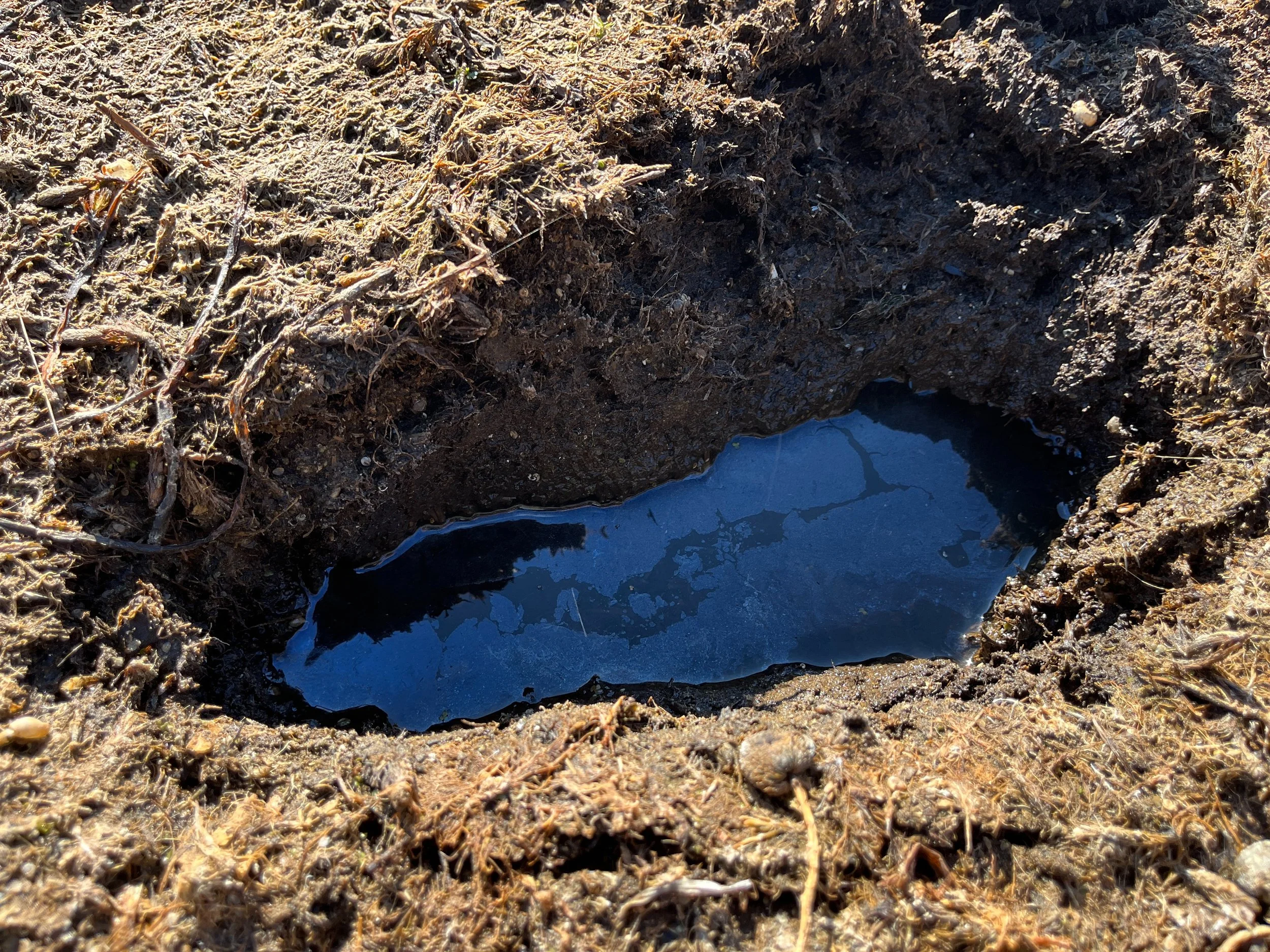There are a wide variety of natural surface sheens that can be found on water. Most of these sheens are harmless and the result of naturally occurring instances. Some of these sheens are associated with poor water quality but do not pose a risk to human health.
Natural Sheen
Natural sheens are formed by bacteria that cling to water surfaces containing minerals like aluminum, calcium, iron, manganese, copper, or sulfur. The hue of the film is affected by specific types of dissolved minerals present in the water.
A natural sheen can be identified by how it fractures and remains fragmented when disturbed.
Petroleum Sheen
The majority of sheens resulting from pollution are due to petroleum products entering the environment. Petroleum products fall under a category of chemical substances composed of hydrogen and carbon (hydrocarbons), which include:
Heating Oil
Waste or Used Oil
Kerosene
Gasoline Crude Oil
Diesel Fuel
Motor Oil
Almost all petroleum products that leak into water will ultimately create a sheen. The formation and appearance of this sheen can vary depending on the characteristics of the spilled substance and the prevailing weather conditions. Crude oil sheens are initially black-brown tint, which can be easily mistaken for red algae blooms.
Petroleum hydrocarbons that will return to their original position after being disturbed. Refined products - like gasoline and diesel fuel - tend to spread quickly, typically forming rainbow hues that blend into a sheen.




